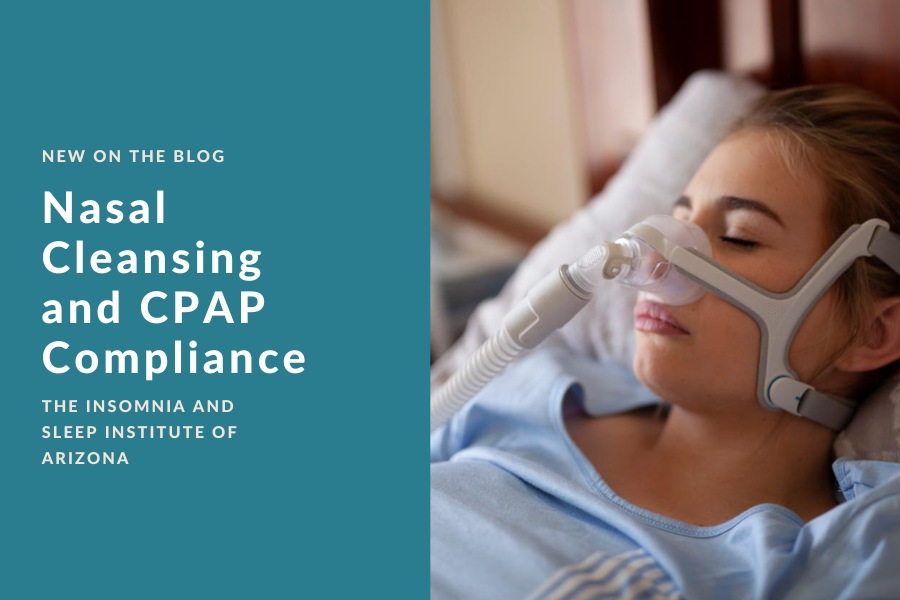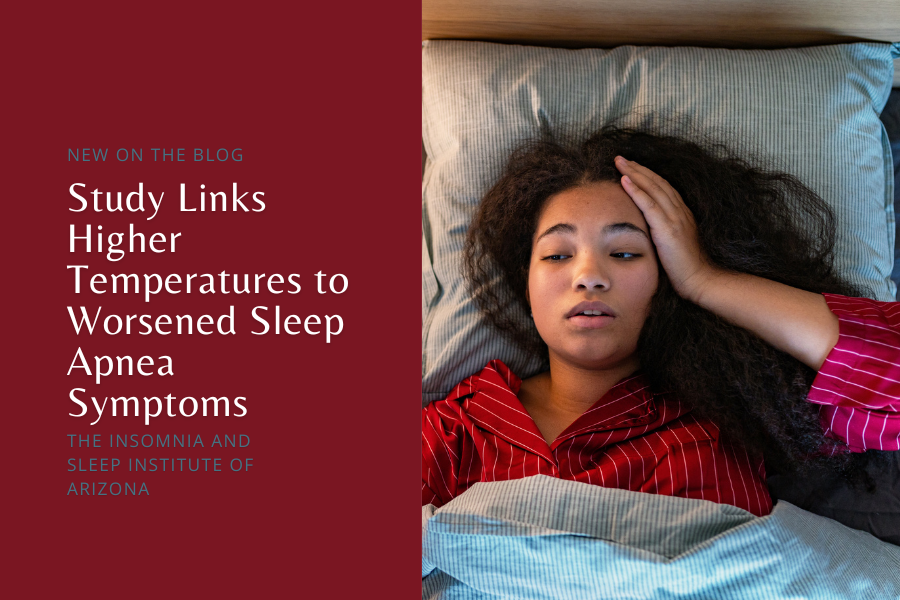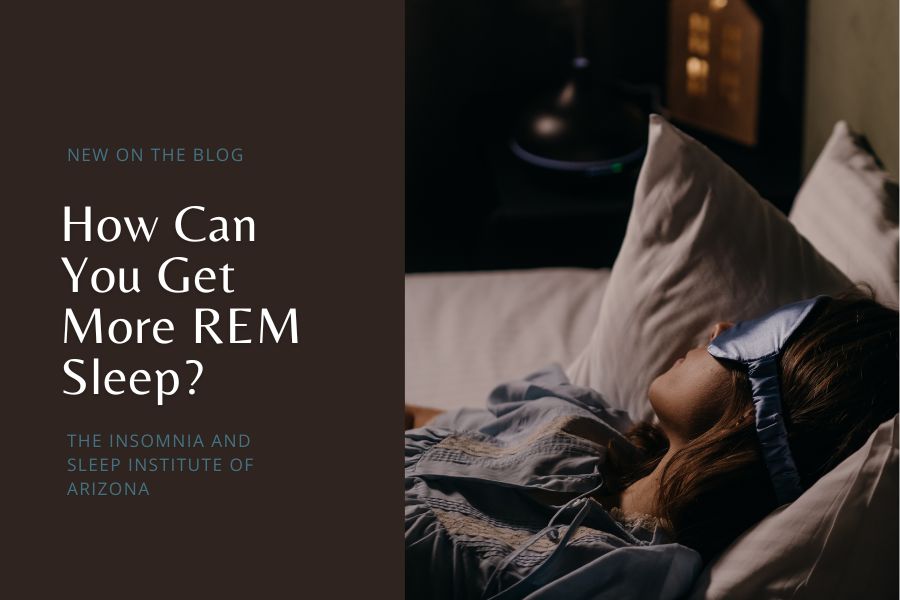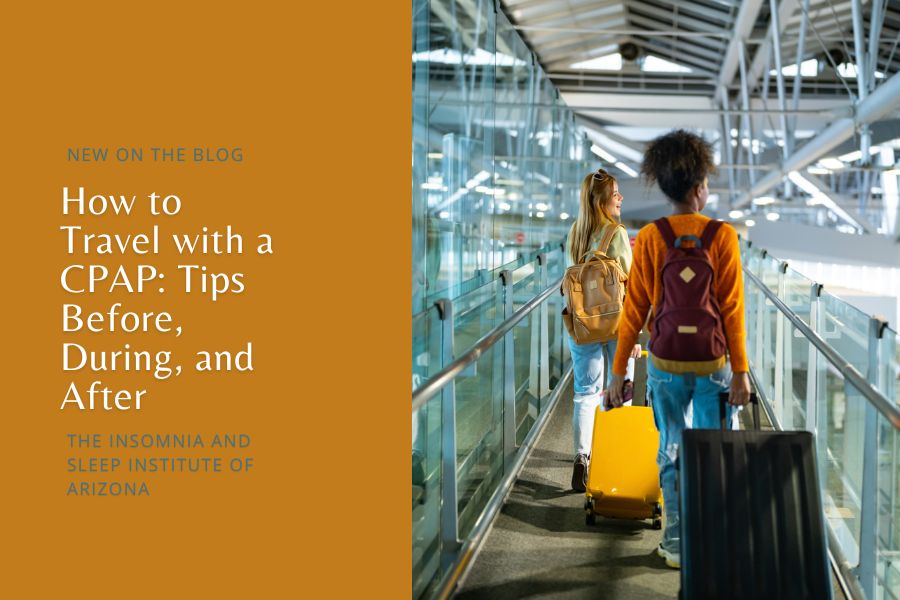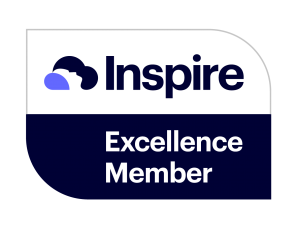CPAP remains the gold standard in managing obstructive sleep apnea (OSA), the most common type of sleep apnea. At The Insomnia and Sleep Institute of Arizona, we work with patients struggling with OSA but also offer alternatives in the rare instance that this therapy fails (such as the Inspire implant). Still, it is required that all patients try CPAP therapy before considering other options. Lifestyle changes, such as losing weight if there is excess, can also help reduce symptoms of OSA. However, one of the biggest challenges with CPAP therapy is compliance. CPAP technology tracks how often the machine is used during sleep and reports back to your prescribing physician. A certain degree of compliance is required not only for CPAP therapy to be effective but also for many insurance policies to cover it.
There is a myriad of factors that go into CPAP compliance. One of the most common is ensuring a comfortable fit. When CPAP accessories are not properly selected or fitted to the patient, it makes sense that compliance will not be high. Every person is unique, which is why CPAP therapy must be individualized to each patient. There are also some commonalities amongst certain demographics. For instance, elderly patients have thinner skin and, in turn, are more sensitive to CPAP masks. This calls for very careful selection and fitting of accessories.
However, recent data shows that there is also a quick, easy, and inexpensive way to increase CPAP compliance: nasal cleansing.
On the Nose with CPAP Therapy
If you have been thinking about Phoenix CPAP therapy to help with your OSA, the first step is booking a consultation with a sleep expert who can diagnose conditions. Next, testing and treatment can commence. Once diagnosed with OSA, CPAP therapy can begin. Your team of sleep experts will work with you to determine a choice that is right for you and your lifestyle—there are many customizations available. Research suggests that you can optimize your results by using a nasal cleansing system to both reduce bacteria and increase compliance and comfort.
The findings were recently presented at the American College of Surgeons Clinical Congress. The lead author stresses that sleep apnea is a serious health condition, often leading to or exacerbating a variety of other health conditions. “Anything we can offer patients that might help improve compliance with CPAP will have a tremendous impact on patients’ lives,” says the lead author. The team of researchers wanted to see if intranasal cleansing and hydration could amp up comfort in patients.
They used NasoClenz, a readily available antiseptic kit that features an anatomical design, soft nasal applicators, and an antiseptic gel. However, it is likely that any such cleansing kit will work and you can find it over-the-counter or online. All participants used the kits both before and after CPAP therapy for two weeks. They were asked to fill out a survey before beginning the trial and two weeks after completion.
The ”after” survey showed that over half of the participants said the cleansing kits made CPAP therapy more comfortable. Around half also said that it helped to “increase their use of CPAP.” Overall, participants were very positive in their responses, as 82 percent said the kit was “beneficial for routine use with CPAP.”
What this Means for You and CPAP
Always talk to your sleep doctor before changing anything about your CPAP therapy. However, there is a very good chance that a nasal cleansing kit before and after CPAP will be approved. The researchers are happy and encouraged by the findings, stating that, “This initial study showed that we can dramatically improve patient comfort and increase CPAP usage.” A follow-up larger study is pending.
One of the participants, a 50-year-old man, said that there was a drastic improvement in comfort during the study. Before, he admitted to using CPAP “sporadically,” just for 4 – 5 hours at a time (which is still more than others). After starting the cleansing kit, he averaged compliance for 6 – 8 hours per night. He explains,
NasoClenz makes the experience of sleeping with a CPAP so much more enjoyable. I’m not only sleeping longer with CPAP, but I’m getting better quality sleep. I wake up more refreshed and have more energy throughout the day.
As a bonus, there was less bacterial colonization with this regimen. In fact, it was reduced or even eliminated in all but one patient. To find out more about OSA treatment, including CPAP in Phoenix, contact The Insomnia and Sleep Institute today. Give us a call during business hours or fill out the online contact form now.
Dr. Ruchir P. Patel Shares His Own Personal CPAP Journey
In this short teaser from the Dr. Ruchir P. Patel: The Real Sleep Doc podcast, Dr. Patel opens up about his own experience with CPAP therapy. Listen to the rest of the episode here.
Stay tuned for more insights in upcoming episodes!
